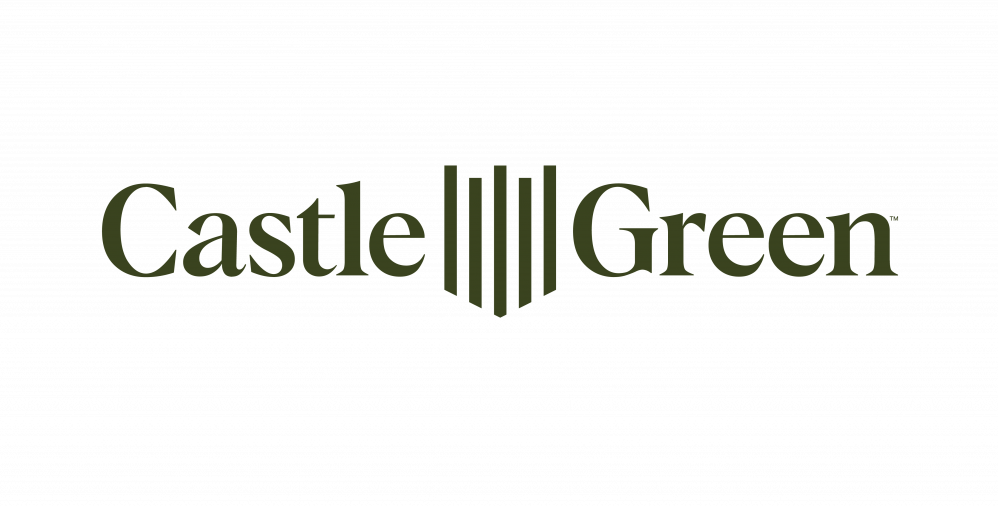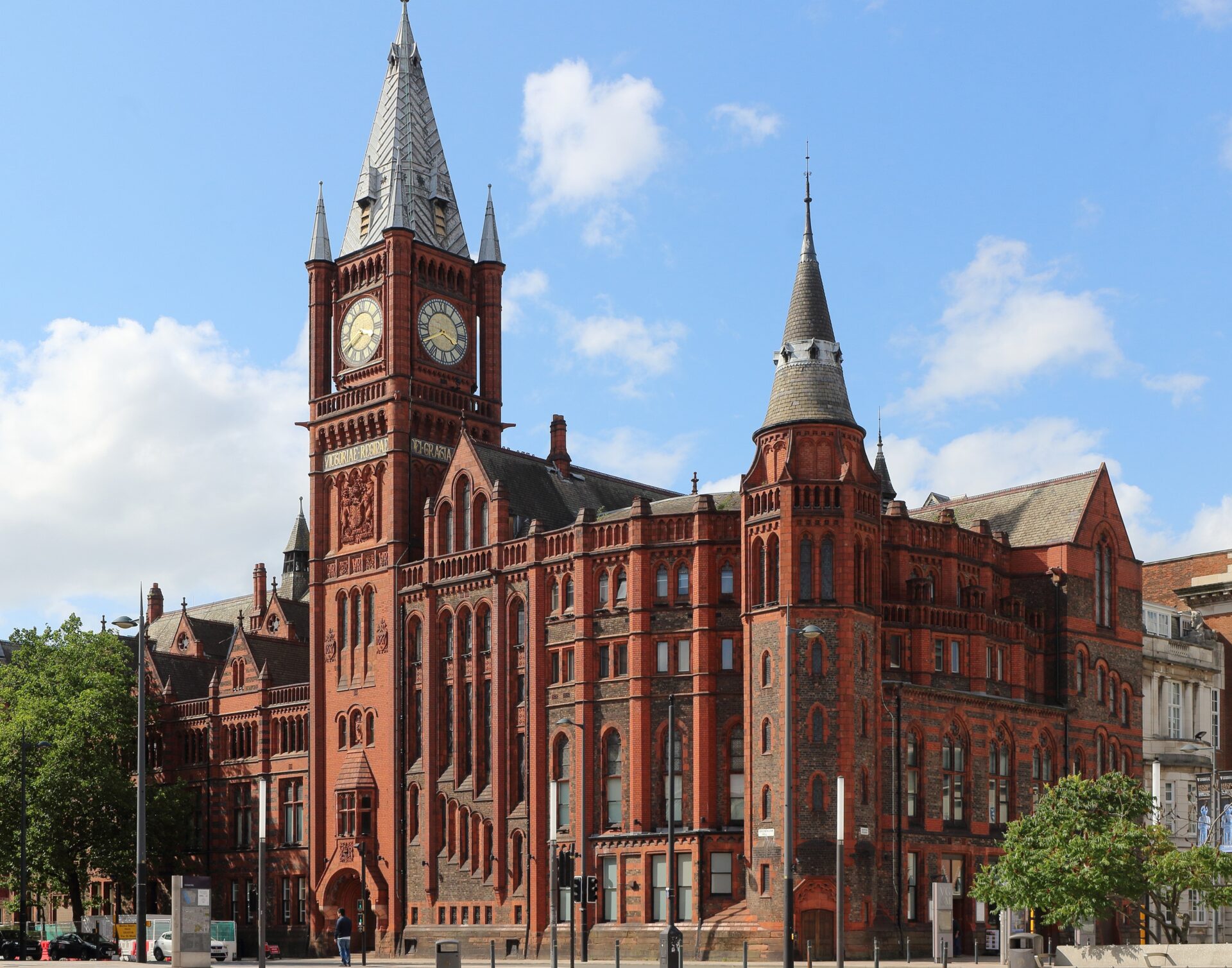Commentary
New carbon regulations start today: what this means for housebuilders
Those in the construction industry have been working behind the scenes to prepare for changes to the Building Regulations Approved Document Part L, which take effect from today in England and from November in Wales, writes Stuart Andrew of Castle Green Homes.
Originally due to have been introduced in 2021, the new regulations, which set the standards for thermal performance and energy efficiency, were delayed due to the impact of Covid-19.
The implantation of the new regulations is widely considered the first step towards achieving the energy performance requirements set out in the government’s ‘Future Homes Standard’, which includes the intention that by 2025 we will no longer enable the use of mains gas to power new homes.
During consultation for the Future Homes Standard, almost three quarters of respondents said the expectation that a home built to the Future Homes Standard should produce 75%-80% less CO2 emissions than one built to current requirements was too low.
Respondents said that all new homes should be designed to be net zero in order to provide an urgent response to climate change.
The new Part L regulations include calculating the target and dwelling primary energy rates, target emission rates and target fabric energy efficiency rates, requirements to limit heat gains and losses, amongst other measures. There are specific guidelines for different heating including gas or oil fires, heat pump heating and solar water heating systems.
Part L Regulations do not apply to work that is subject to a building notice, full plans application or initial notice submitted before June 15 2022, provided the work for each building is started before 15 June 2023.
Across the housebuilding industry, people have been working hard behind the scenes to prepare for their implementation.
At Castle Green Homes, we have worked with energy efficiency specialists GDF Home Energy to develop market-leading specifications.
For the consumer, the introduction of the new regulations will lead to increased levels of insulation and improvements in airtightness to deliver a building fabric that is even more thermally efficient. The use of photovoltaic solar panels systems will provide renewable electricity to help power purchasers’ homes and off-set rising energy costs.
The housebuilding and construction industries, like many other sectors, have been hit by inflationary costs since the onset of the Covid pandemic and will also need to shoulder the financial implications of meeting the new regulations.
Greater consumer awareness of carbon footprints and the desire to save money while reducing household bills while also saving the planet, has led to an increase in demand from consumers for things like PV panels. This could pose a challenge for those in the industry dealing with procurement.
However, through careful consideration of the changes and robust forward planning, we are confident these new regulations can be easily accommodated by our business and the industry. It is up to us to develop superbly designed and built homes that are at the forefront of building regulations standards.
- Stuart Andrew is design and planning director at Castle Green Homes
- Take a look at Castle Green’s housebuilding column on Place North West






We are currently developing our range of energy saving valves which will conserve water and the energy produced in delivering hot water to the user and also intensifying water pressure so that less energy is used in networking and also help to reduce the reliance on pumping for apartment buildings and other multi storey buildings.
We are working with several agencies to help us complete our data and prove how wasted water can be diverted for other uses.
By Paul Bergin
Utterly insane policy. Heat pumps do not work, full stop. People trying to bend the truth to make square pegs fit round holes is astonishing. Even the fantasy of heat pumps working as intended don’t work for colder parts of the country and at elevation. The future of Britain is to just live on stale air sweat boxes (no the ventilation measures do not work) with no hot water in winters and ugly buildings to boot. What a communist minded world these people wish to live in. An old Victorian house with gas central heating that breathes in summer and is cool, and then warm in winter with fresh internal air is still the best way to live. I manage to have almost all my clients avoid new builds when they find out the reality.
By Willoughby